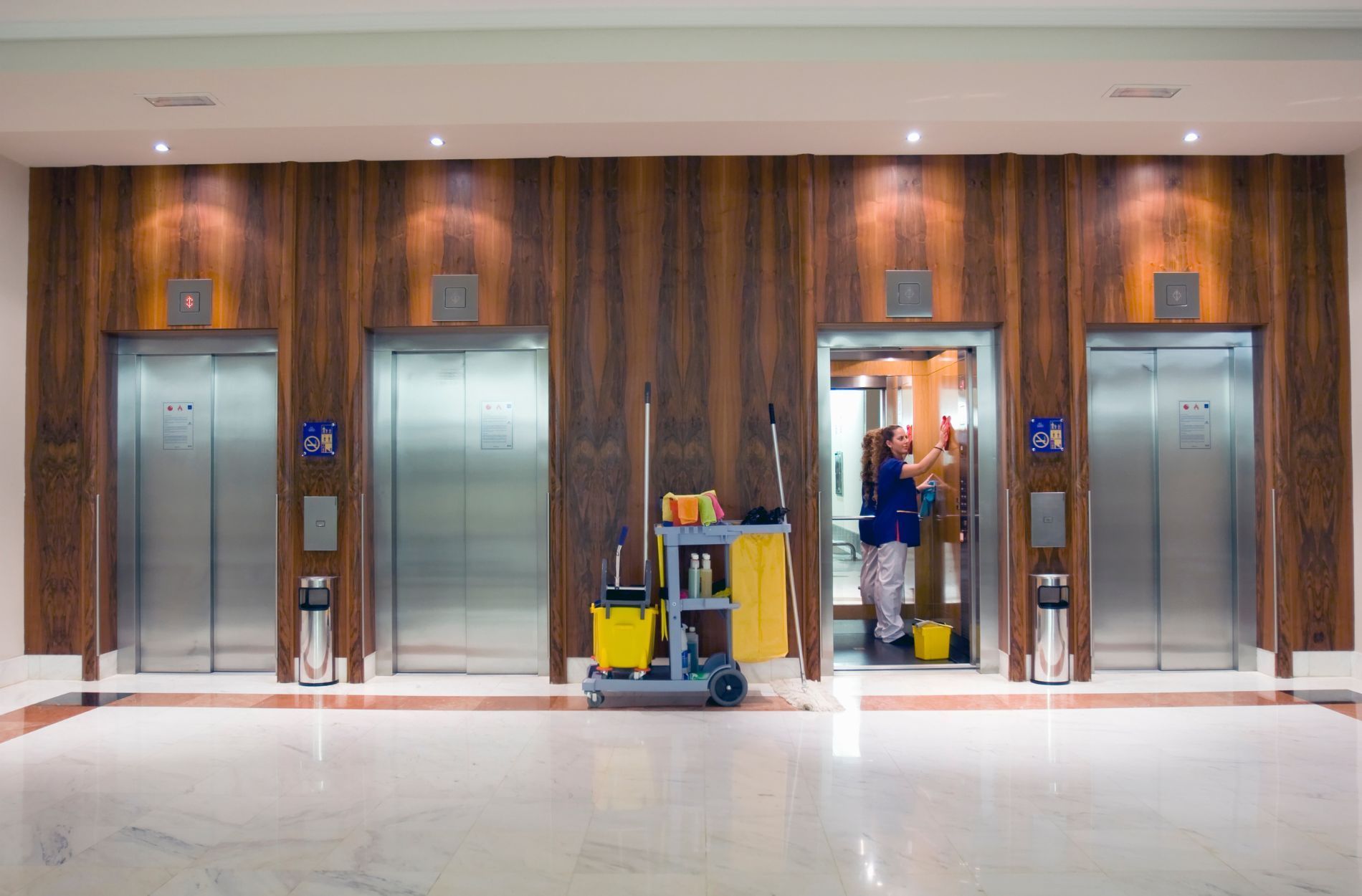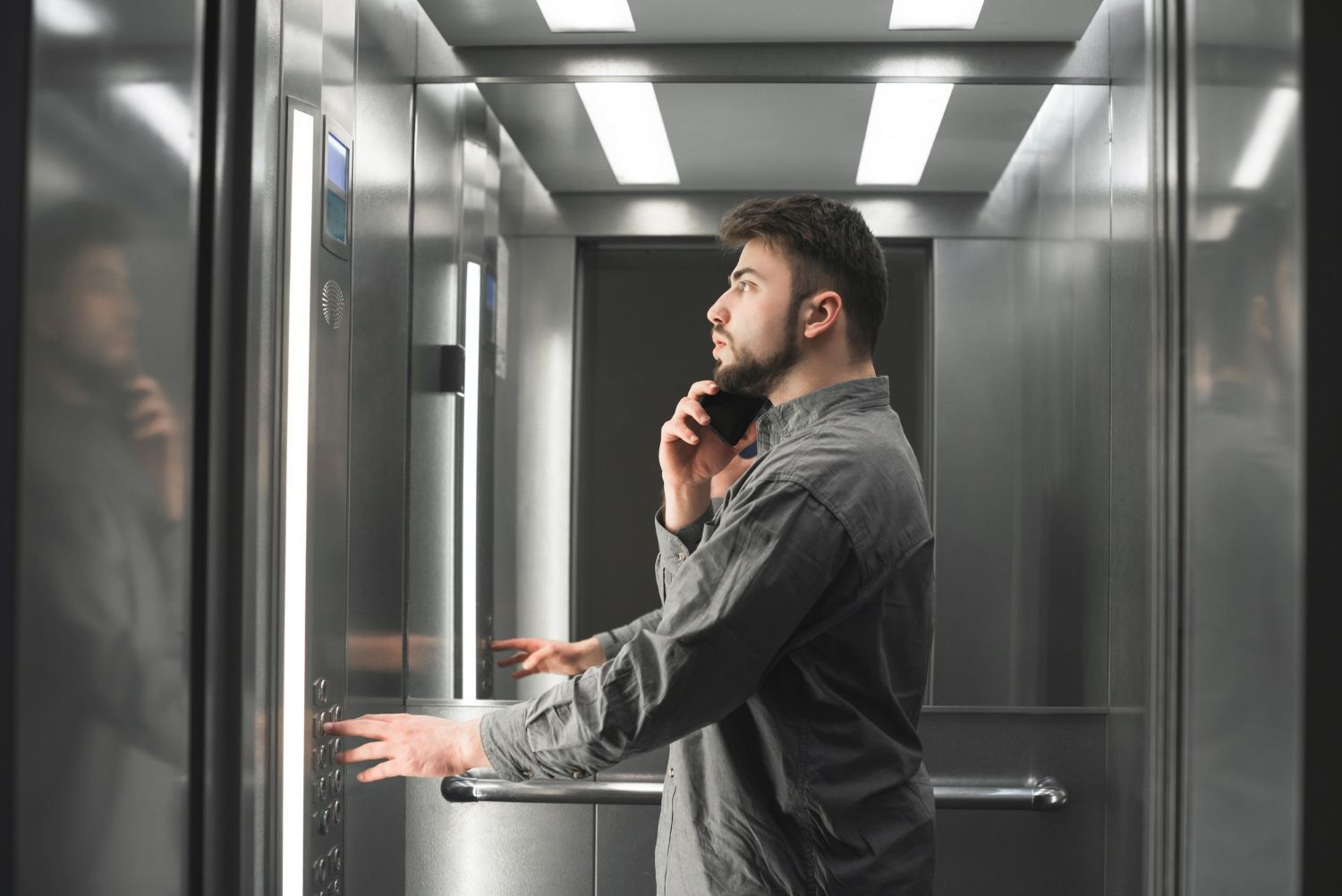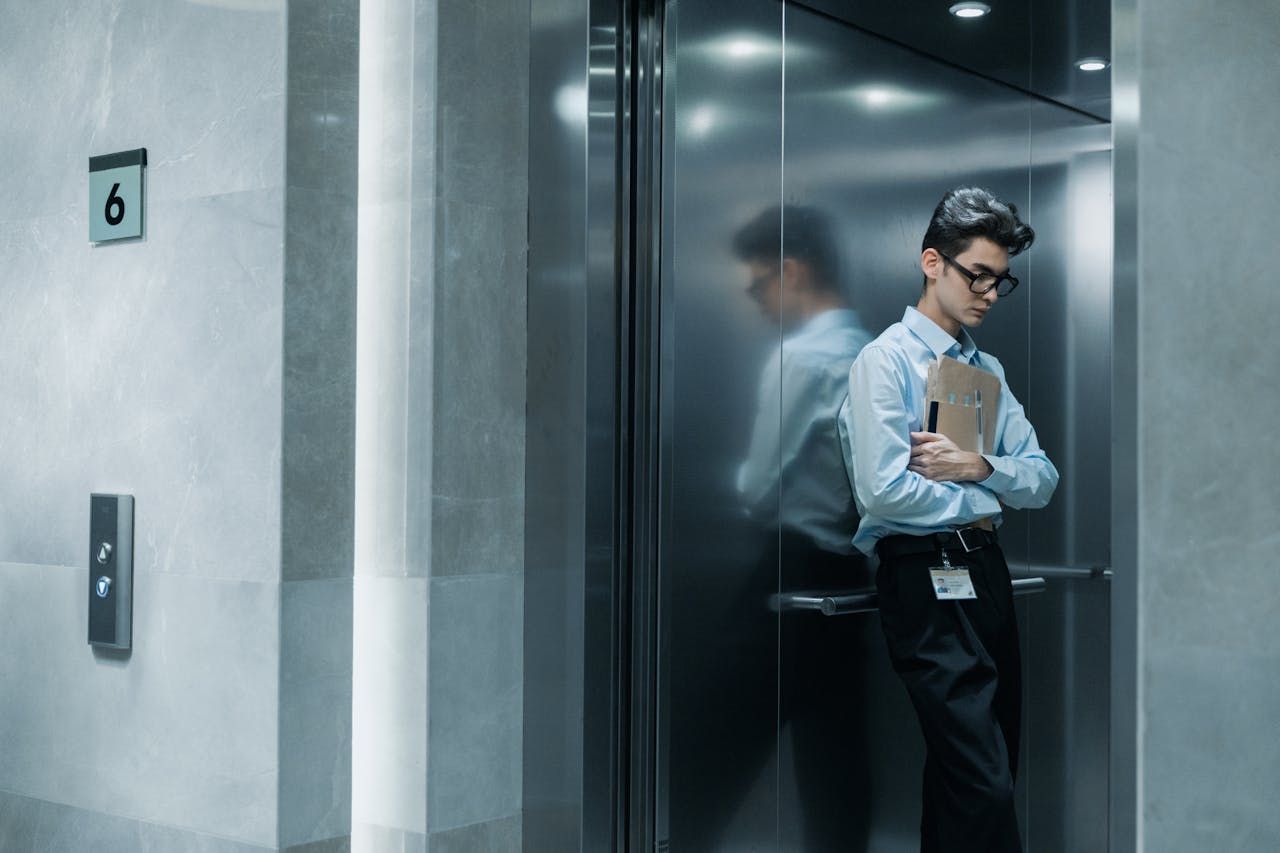How to Choose the Right Elevator System for Your Building: Key Factors to Consider
The installation of an elevator system can greatly enhance the accessibility, convenience, and overall user experience for occupants within a residential or commercial building. Whether you're constructing a new building or retrofitting an existing one, choosing the right elevator system is a critical decision that significantly influences your property's value and appeal. With numerous elevator options available in the market, selecting the perfect system can be a daunting task. That's where our experienced team at Elevator Solutions Inc. steps in to guide you through the process, ensuring you make an informed decision that aligns with your building's unique requirements and constraints.
In this blog article, we'll explore the key factors to consider when selecting the right elevator system for your building. We'll discuss the various types of elevators available, the importance of considering your building's design and layout, and the benefits of working with an experienced elevator solutions provider like Elevator Solutions Inc. By understanding these crucial variables, you'll be better equipped to make the right choice for your building, ensuring a safe, reliable, and efficient vertical transportation experience for all users.
As your knowledgeable elevator solutions partner in the Midwest, our team at Elevator Solutions Inc. is committed to helping you select and install the right elevator system for your building. Leveraging our extensive industry expertise and insights, we can guide you through the selection process and provide customized solutions tailored to meet your specific needs. Trust our team at Elevator Solutions Inc. to deliver top-quality elevator installation services, optimizing your building's vertical transportation system for years to come.
Selecting the right elevator system is essential for enhancing your building's accessibility, user experience, and property value. Let our team at Elevator Solutions Inc. help you navigate this important process, ensuring a seamless and rewarding elevator installation experience.
Types of Elevator Systems
1. Hydraulic Elevators
Hydraulic elevators utilize a hydraulic piston to lift and lower the elevator cab, providing a smooth and steady ride. These systems are ideal for low-rise buildings, up to 6-8 floors, and are known for their structural simplicity, low installation costs, and durability. However, hydraulic elevators are less energy-efficient than other types of elevators, and the use of hydraulic fluids raises certain environmental concerns.
2. Traction Elevators
Traction elevators, also referred to as cable or rope-driven elevators, rely on counterweights and an electric motor to lift and lower the elevator cab. These systems are best suited for mid to high-rise buildings, as they offer higher speed and greater efficiency compared to hydraulic elevators. Traction elevators require additional space for a machine room, which can be a limiting factor in certain building designs.
3. Machine Room-Less (MRL) Elevators
MRL elevators combine the benefits of traction elevators with space-saving innovations, eliminating the need for a separate machine room. These systems utilize compact gearless traction motors, making them an attractive option for buildings with limited space. MRL elevators are suited for a wide range of applications, from low-rise residential buildings to mid-rise commercial properties.
Considerations for Choosing the Right Elevator
1. Building Height and Passenger Demand
When selecting the ideal elevator system for your building, consider its height and the number of occupants. A high-rise building with heavy foot traffic may require faster and more sophisticated elevator systems, while low-rise structures with fewer occupants can work efficiently with hydraulic or MRL elevators.
2. Space Constraints and Design
Building layout and available space play critical roles in determining the suitable elevator system. MRL elevators are a popular choice for buildings with limited space, while traditional traction elevators may demand dedicated machine rooms and additional overhead clearance.
3. Energy Efficiency and Sustainability
Elevator systems vary in energy efficiency and environmental impacts. Traction and MRL elevators generally consume less energy compared to hydraulic systems. The choice of an energy-efficient elevator, coupled with proper maintenance, can contribute to an eco-friendly and cost-effective vertical transportation solution.
4. Budget and Maintenance Costs
Investing in an elevator system involves considering both initial installation costs and long-term maintenance expenses. While hydraulic elevators may entail lower upfront expenses, traction, and MRL elevators often present lower maintenance costs and higher energy efficiency, potentially leading to greater savings over time.
Working with Elevator Solutions Inc.
Partnering with an experienced elevator solutions provider like Elevator Solutions Inc. streamlines the process of selecting, installing, and maintaining the ideal elevator system for your building. Our team of experts will evaluate your building's unique requirements, guide you through various elevator options, and offer customized recommendations tailored to your specific needs. Trust our team at Elevator Solutions Inc. for a seamless and rewarding elevator installation experience.
Conclusion:
Selecting the right elevator system for your building is a critical decision that weighs heavily on your property's value, appeal, and user experience. By considering factors such as building height, space constraints, energy efficiency, and maintenance costs, in conjunction with partnering with an established elevator solutions provider like Elevator Solutions Inc., you can confidently make the best choice for your
elevator installation. Trust our team at Elevator Solutions Inc. to help you navigate this crucial process and optimize your building's vertical transportation system for years to come.



